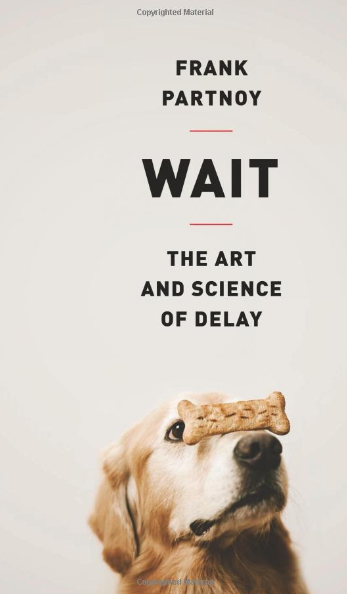As a species, we are notoriously bad at understanding our own thinking and emotions. We are even worse at predicting our own behavior. Understanding your own mind and those of your fellow investors is crucial to successful investing.
These books will go a long way to helping you understand your hardwired weaknesses and blind spots.
1. How We Know What Isn’t So by Thomas Gilovich
Published in 1991, this was the very first behavioral finance book I ever read — it is also one of the most influential investing books you will ever read. So many of our own foibles are detailed here that it is almost embarrassing. Everything from unsuspected biases to how we engage in critical reasoning comes under scrutiny. What it reveals isn’t pretty. Despite the genius that is human achievement, it turns out that we are all very poor at comprehending complex data and analyzing risk.
This book will help you understand how your brain processes randomness; overlooks evidence that is inapposite to prior beliefs; selectively perceives and reinterprets data; and engages in selective recall. It’s how we all create an artificial story line to help make sense of otherwise incomprehensible data.
Once you finish this book, you will never look at investing the same way.
~~~
2. Thinking, Fast and Slow (Daniel Kahneman)
Daniel Kahneman, a Psychologist, won the 2002 Nobel Prize in Economic Sciences with Amos Tversky for their seminal work in behavioral finance. The two challenged the idea of Homo Economicus and the rational model of judgment and decision making.
Thinking, Fast and Slow looks at the two systems of Human Cognition: System 1 is fast, intuitive, and emotional; System 2 is slower, more deliberative, and more logical. The book exposes the extraordinary capabilities along with the faults and biases of our wetware. This book will transform the way you think about thinking.
The most recent and comprehensive book from a giant in the field.
~~~
3. Extraordinary Popular Delusions & the Madness of Crowds
If you want to see how cognitive and reasoning deficits manifest themselves, then the seminal book on the subject is Extraordinary Popular Delusions & the Madness of Crowdsby Charles Mackay. There have been a lot more booms and busts then you imagine. This book details how they came about and their impact throughout history. Fascinating and instructive stuff.
First published in 1841, this book remains a classic.
~~~
Robert J. Shiller’s prescient classic on behavioral economics and market volatility asserted that the irrational exuberance of the stock market in March 2000 would end badly (it did) He then asserted in 2005 why the same thing would happen in Housing (it did). Shiller’s analysis makes use of behavioral analysis to look at the structural, cultural, and psychological factors behind price growth and bubbles.
Note that the title of the book comes from a phrase from Alan Greenspan’s infamous speech in 1996 to explain the alternately soaring and declining stock markets.
~~~
5. The Myth of the Rational Market: A History of Risk, Reward, and Delusion on Wall Street
Justin Fox’ book explains why markets are neither rational nor efficient. He tells the tale though the various academic and Wall Street theorists who careen headlong down an ideological path that ends in ruin.
Since the market is composed of us irrational humans, it is not a surprise that as to what that means about the rationality of markets. Its good wonky fun.
May be my favorite nonfiction book of the past year (and potential Pulitzer winner). I have recommended other book’s of Gleick’s, notably the informative Chaos — this book is every bit as powerful. It is a tour-de-force of history, and introduction into information theory for non-scientists.
If you want to learn how information has developed over mankind’s history, and we interact with it, you will find this a deeply satisfying read.
~~~
7. Wait: The Art and Science of Delay by Frank Partnoy has been described as “counterintuitive and insightful.”
The book weaves together a fascinating series of research findings and scientific studies in the fields of cognitive science, bio-mechanics, and psychology to create this fascinating book.
~~~
Hard-core fans of cognitive biases and economic anomalies (and other similar type of analyses) will also appreciate Richard H. Thaler’s The Winner’s Curse. Thaler is one of the most influential researchers in the field of behavioral economics.
~~~
Once you understand how our brains fool us into occasionally doing idiotic things — funny, but it seemed perfectly reasonable at the time — then you can start looking for ways to avoid making those gaffes. Humphrey Neill’s Art of Contrary Thinking will show you the way. He explains why “When everyone thinks alike, everyone is wrong.” This intriguing thesis applies not only to markets, but to politics, academia, even sports.







What's been said:
Discussions found on the web: